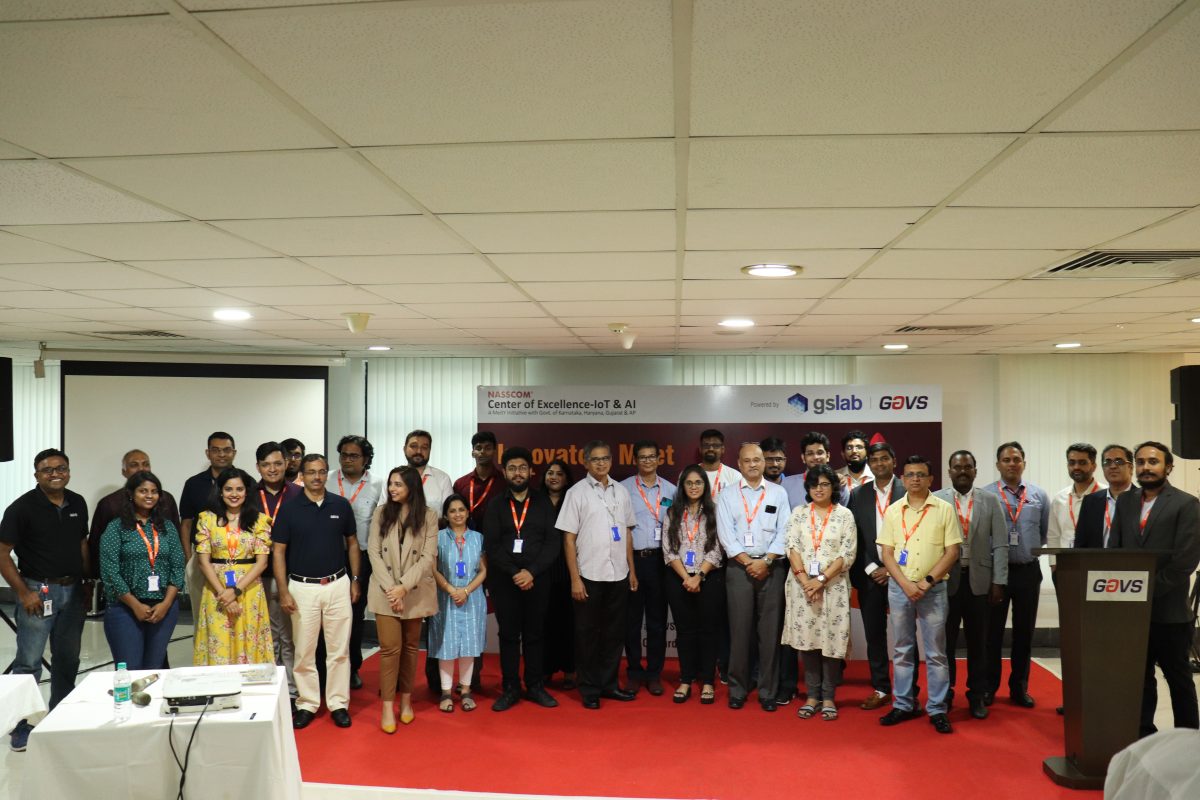Healthcare organizations are increasingly relying on data in organizational and operational decisions. Data sharing and insight are leading to the creation of data ecosystems that can ensure that the right information is available at the right time.
Data-Driven HealthCare
As organizations shift their focus toward preventive and personalized care, data-driven health management has become important in clinical decision-making. Technologies such as machine learning, automation, deep learning, artificial intelligence (AI), neural networks, and intelligent algorithms are transforming the healthcare industry. Data is extensively being generated for predictive care-based population health initiatives, data intelligence-based internal operational decision support, and intelligent remote monitoring of patients leveraging the internet of medical things. This data is playing its role in potentially curing diseases, managing treatments, and improving patient care.
Genomics
Genomics is the study of all of a person’s genes including interactions of those genes with each other and with the person’s environment. An organism’s complete set of DNA is called its genome. Every single cell in the body contains a complete copy of the approximately 3 billion DNA base pairs. Virtually every human ailment has some basis in our genes and the availability of powerful tools can help in studying the role these genes play in complex diseases.
Genomics data combined with clinical, pharmaceutical, and lifestyle information, can help in the discovery of early signs of disease and the risk of developing the disease. It is also possible to find out underlying causes of clinical changes, leading to more personalized, effective treatments. The diseases, such as cancer, diabetes, and cardiovascular disease can thus be diagnosed better, and more effective therapeutic strategies can be designed resulting in better decision-making for patients and tailored treatment can be devised according to a patient’s particular genomic makeup.
AI and Genomics Data
Genomic data is very complex but with the application of advanced analytics methods, potential bias, inaccuracies, and lack of trained personnel can be ruled out. The use of AI in healthcare can enhance the interpretability of genomic data into a meaningful medical asset and then to actionable clinical information
A startup, NuGenomics, is working on this use case that studies and analyses an individual’s DNA (genome), blood parameters, lifestyle information, medical history, and physical parameters to create a comprehensive picture of current and future health. It is using Machine Learning to study the Genetic basis of lifestyle and clinical disorders aimed toward the prediction, prognosis, and cure of these disorders among the Indian population. NuGenomics collects over 5 million data points per person to create a comprehensive picture of current and future health and create interventions to rehabilitate existing health conditions and avoid future conditions from occurring.
The company currently is focusing on conducting genetic tests and providing interventions to individual consumers (B2C) and corporate organizations (B2B). Nugenomics also provides a SAAS service to other health and wellness organizations.
To know more about such innovative solutions and evolving use cases in different domains along with collaboration and partnership opportunities please write to us at open-innovator@quotients.com


















